While those socket testers are a good thing to have, just bear in mind that they are limited in what they can tell you and are best regarded as a test for badness, not a test for goodness. I.e. if they say theres an issue, then likely there is an issue (but might not be quite what it indicates, in some circumstances) but if it says all is good, then thats telling you it can't see any issues with what its able to do, rather than all is ok.
Its good you have one but its good to be aware of what its limitations are and what its good for

They are a very good sanity check, that after changing a socket that you havn't reversed polaity (so do that after changing it), I'll always pop it in before doing the loop test, mine also has a buzzer which is good for confirmation that you have got the right circuit when some distance away (saves my knees on staircases!)
If you had open neutral, then any appliance plugged there would not work, normally its down to the switch failing where its double pole
Not sure what you mean by wiggly earth? Some of them are able to do a very basic loop test and tell you if its above a value that gives concern on a TN system. Or it could just be saying its completely open? The only way for that sort of thing to be down to the socket itself is if the string contacts for the earth pin has become bent or damaged (not that common). Its more likely that its a connection issue, first thing to check is that the earth sleeving is not caught under the terminal screw stopping the conductor making contact with the terminal (this happens more times than it should, although in most cases, the screw has pushed through the sleeving and made contact and tests out alright it, not good that its seen as often is it is on profesional work!)
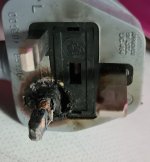
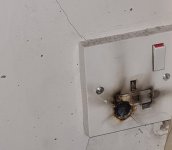




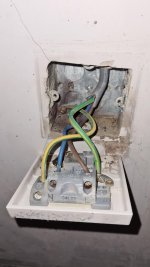
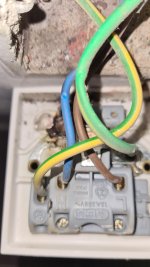
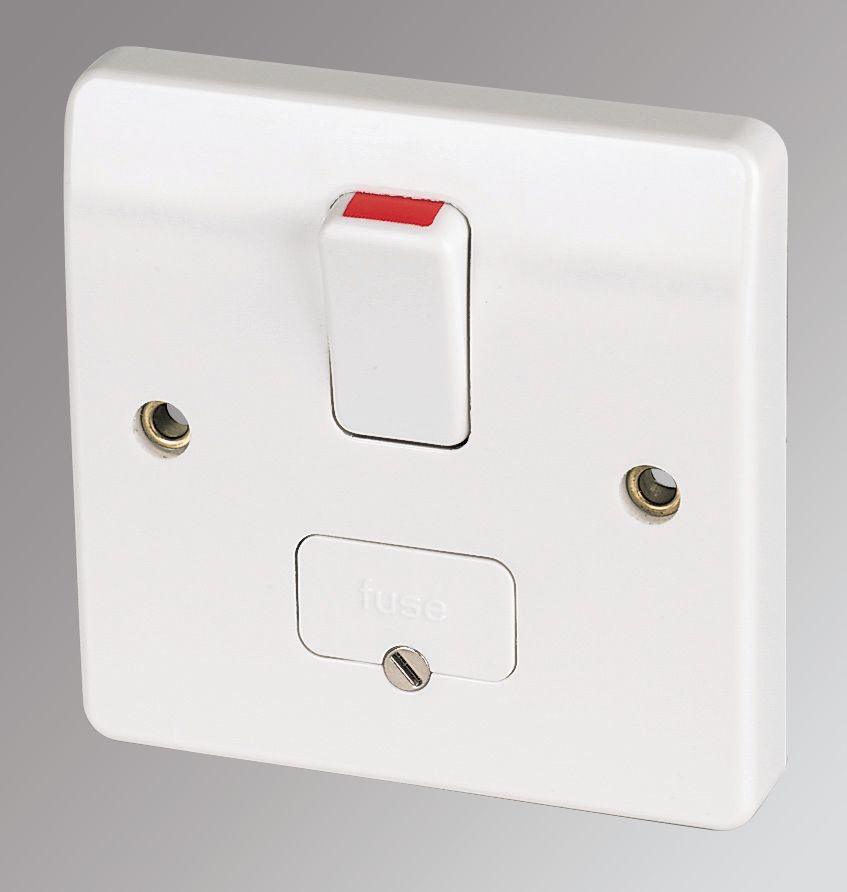
 They are a very good sanity check, that after changing a socket that you havn't reversed polaity (so do that after changing it), I'll always pop it in before doing the loop test, mine also has a buzzer which is good for confirmation that you have got the right circuit when some distance away (saves my knees on staircases!)
They are a very good sanity check, that after changing a socket that you havn't reversed polaity (so do that after changing it), I'll always pop it in before doing the loop test, mine also has a buzzer which is good for confirmation that you have got the right circuit when some distance away (saves my knees on staircases!)